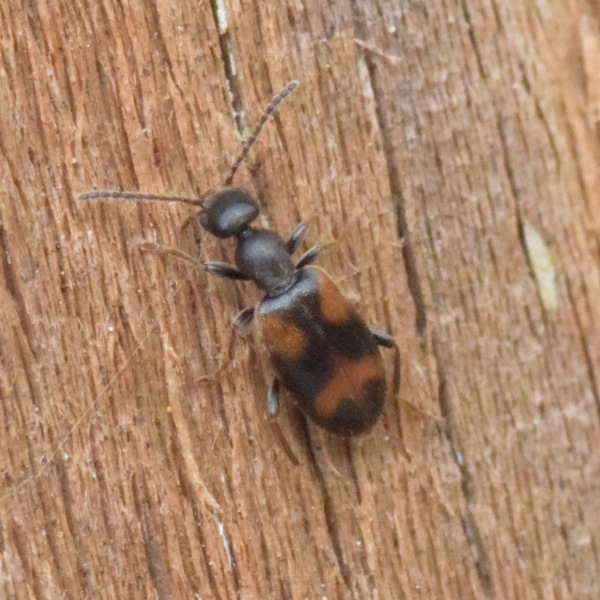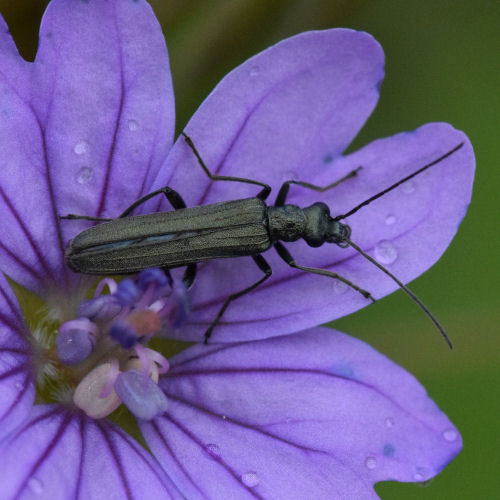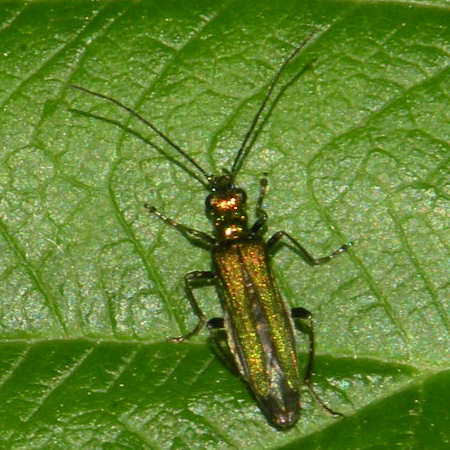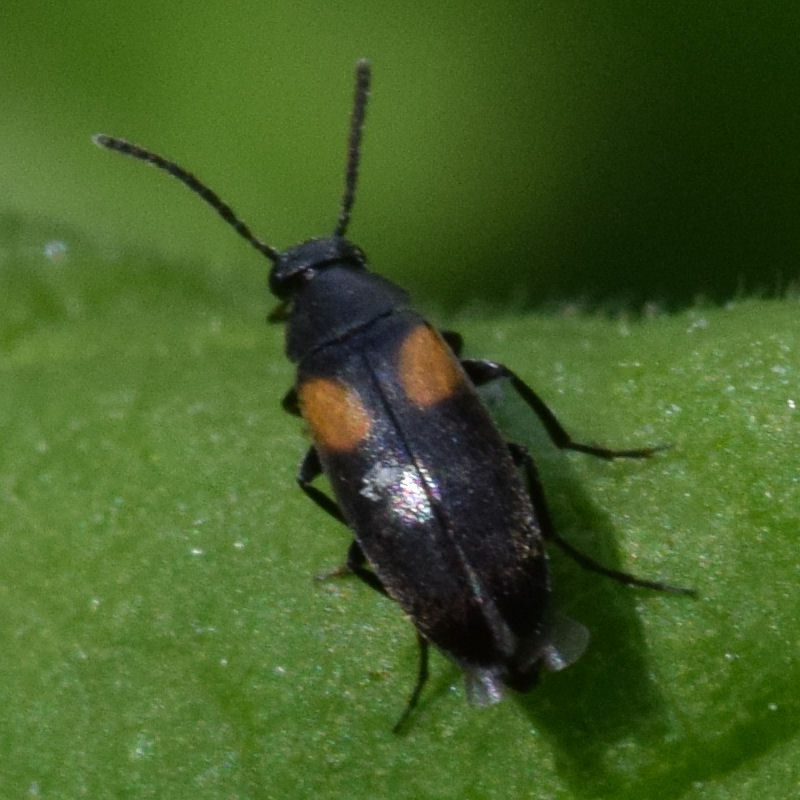
- Cambridge, Gwydir Street: 2 Feb 2021
- Larvae develop among decaying plant material and pupate during the summer. Adults are polyphagous, feeding on pollen and nectar but also small insects.
- NBN Atlas
Return to Coleoptera Index | Insect Index

|
|

|
|

|
|

|

|
|

|
|

|
|

|
|

|
|

|
|

|
|
Return to Coleoptera Index | Insect Index